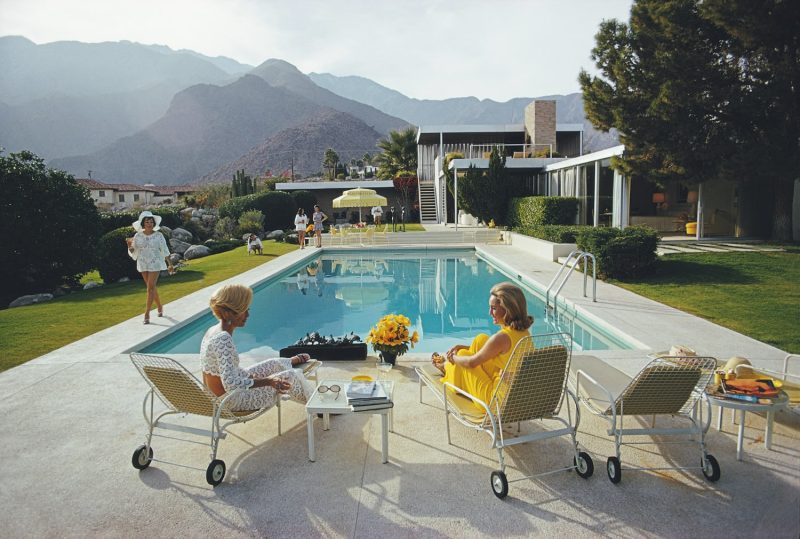As the pandemic winds down and lockdown restrictions ease, several indications suggest that Americans are spending less on backyard upgrades, including pools, once seen as a necessity during the lockdown. A year ago, the backyard was one of the few areas where Americans could enjoy their free time as Covid-19 brought almost all regular outdoor activities to a halt. However, with the return of activities such as travelling and dining out, the spending habits of Americans have begun to shift away from backyard improvements.
During the height of the pandemic, many saw the construction of lavish pools, stylish patios, and outdoor kitchens as a solid investment, leading to an unprecedented boom in the home improvement industry. Families transformed their backyards into recreational areas, ensuring they could have fun at home when the world outside was largely inaccessible. Pools, in particular, topped the list of most desired backyard additions.
The pool industry in America experienced record growth in 2020. Many pool-building companies witnessed a surge in sales, with some reporting increases as high as 30% compared to the previous year. This demand led to longer-than-usual waiting times for pool installation, as companies struggled to meet the increased demand. As one executive stated, it was like “the pool party that never ended.
However, as the Covid-19 vaccine rollout continues apace and social distancing restrictions are being lifted across the country, Americans have started stepping out of their pandemic bubbles and are rediscovering the joys of social outings, vacations, and dining in restaurants. Consequently, the demand for home upgrades, particularly backyard installations such as pools and fancy outdoor kitchens, appears to be settling back into pre-pandemic levels.
Moreover, high prices of raw materials are also contributing to the slowdown in backyard upgrades. There has been a significant increase in the cost of several key commodities used in home improvement projects, such as wood, plastic, and metals. These inflated prices are acting as a deterrent to homeowners considering embarking on a new backyard venture beyond regular maintenance work.
A significant shift in the professional environment is also playing a role in this observed trend. With the workforce starting to move back into physical offices, working from home will diminish, thus reducing the need to create an oasis in the backyard. Furthermore, as the school year starts, children will be returning to their classrooms, further reducing the need for at-home recreational spaces.
While some companies see this shift towards normalcy as a drawback, others see it as a chance to recuperate and regroup after a period of intense activity. They can use it as an opportunity to prepare for future demand, streamline services, improve efficiency, and plan for unexpected disruptions.
In conclusion, the era of the pandemic-induced backyard boom appears to be winding down. However, it’s not all doom and gloom for the home-improvement industry. Periodic upgrades, regular maintenance, and new homeowners will continue to provide steady business. After an unexpected ‘pool party’ lasting over a year, it seems this wave is finally crashing, much to the relief of exhausted industry professionals.




